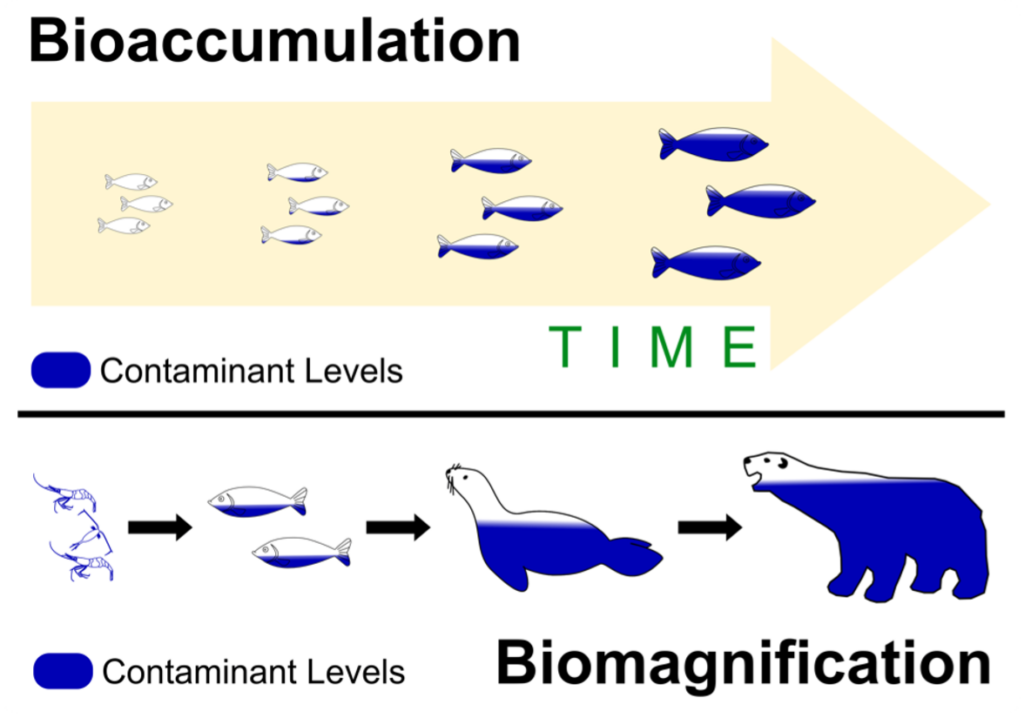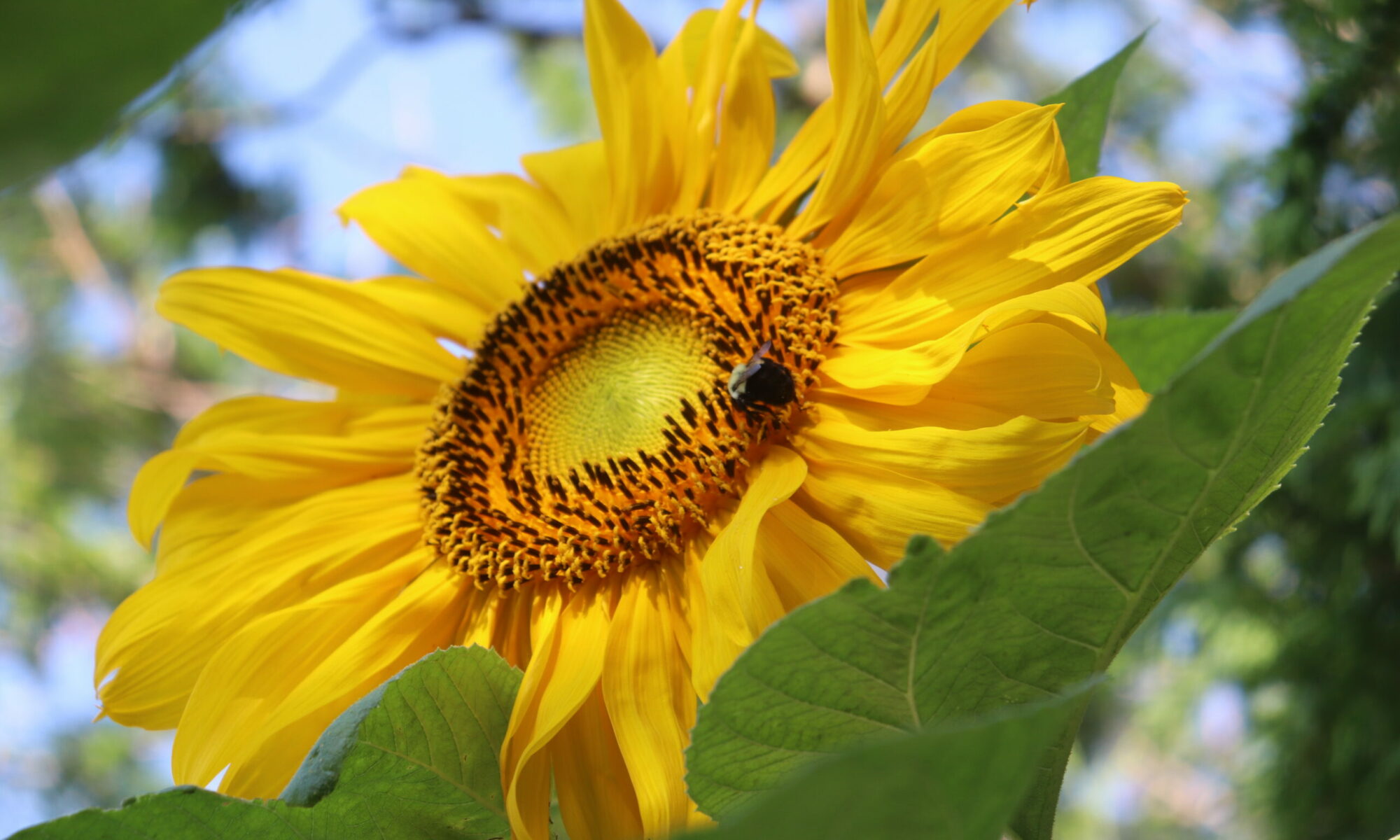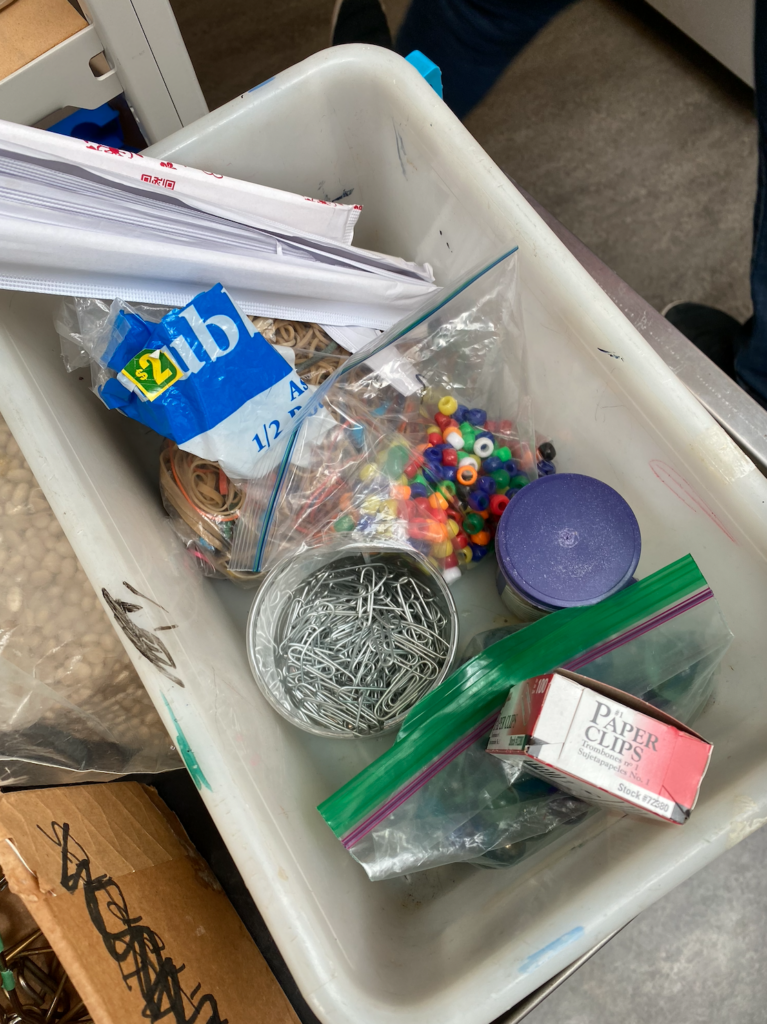
Battle of the Beaks
Course: Life Sciences 11 at Duchess Park Secondary School
Objective: To understand that animals that are better adapted to take advantage of available foods will fare better than those who are less adapted, and thus live to pass on their genes to the next generation.
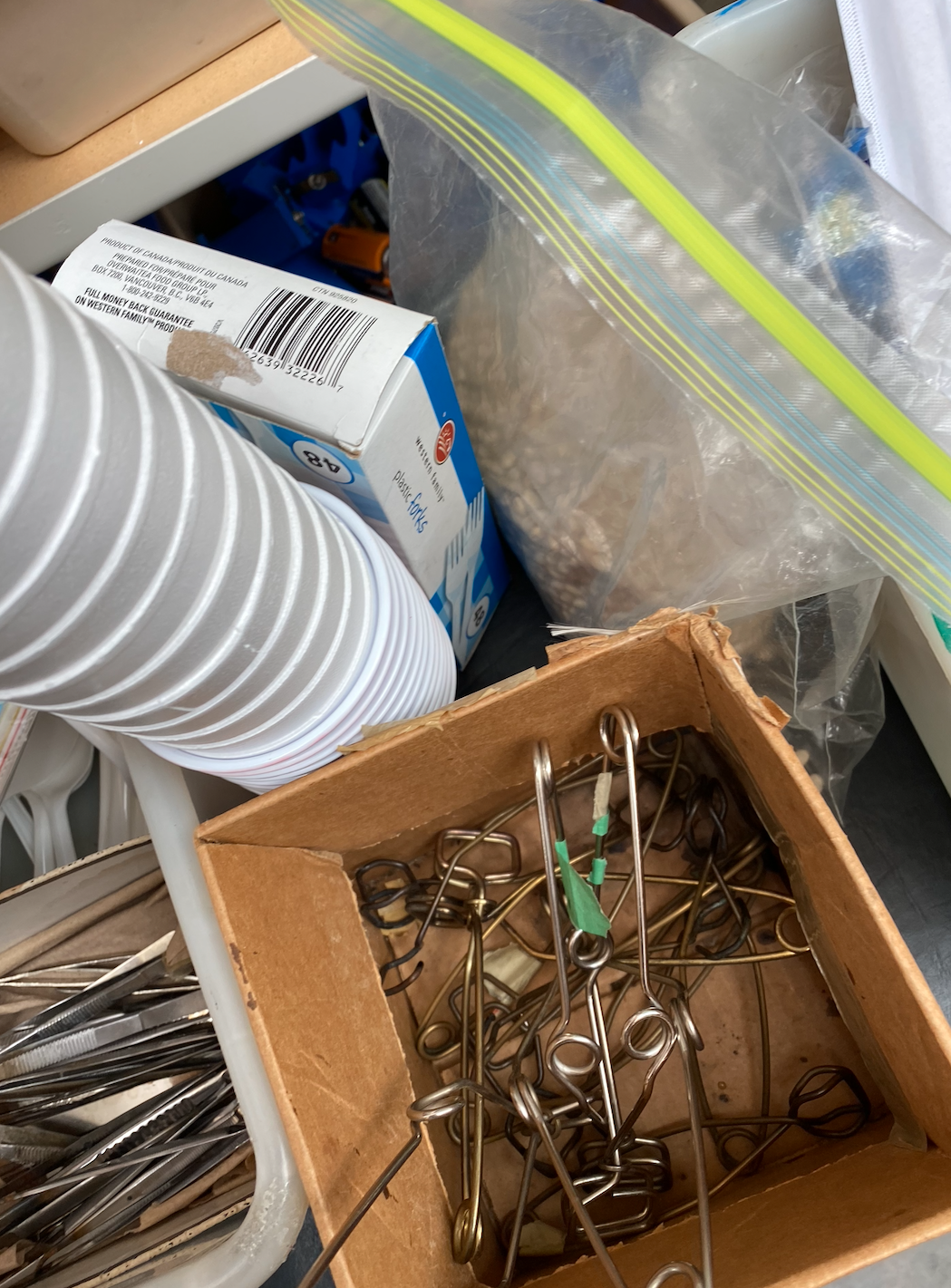
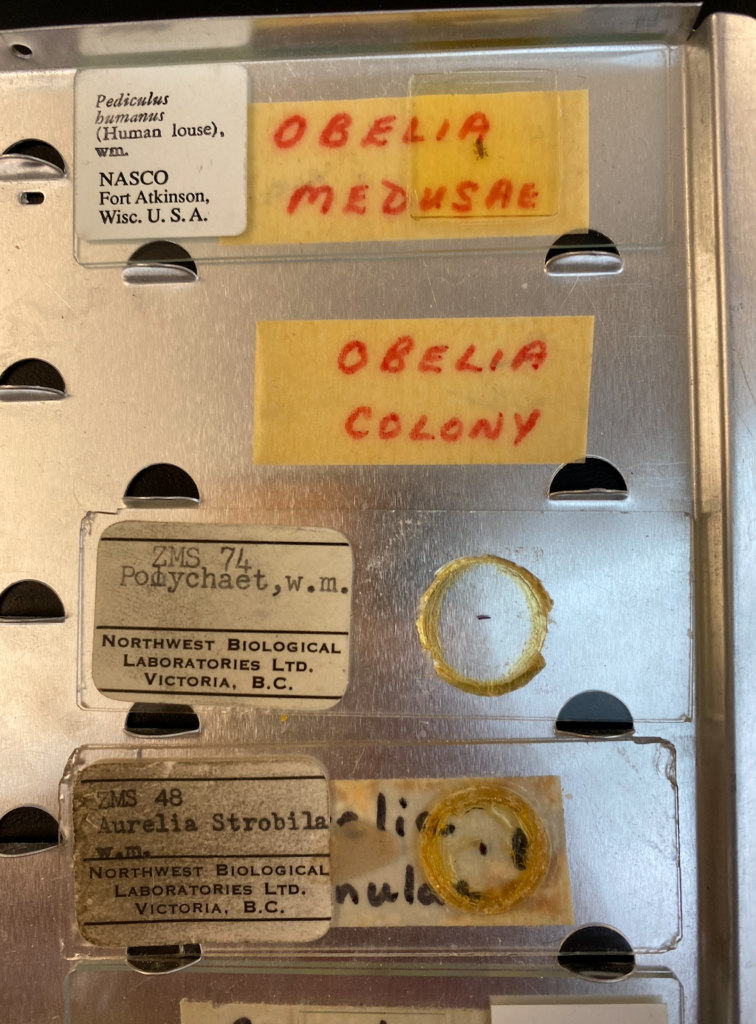
Microscopes are an incredible tool for experiential learning. A conducted a bell ringer for my Life Sciences 11 class at Duchess Park Secondary School. A bell ringer is a type of lab exam in which a set amount of time is given at each station, and a bell (or other auditory signal) indicates that you must move to the next station. The purpose of this bellringer was to assess students’ knowledge on the parts of compound microscopes, microscope drawings, and microscope calculations. This bellringer was open book; however, students worked only with their partner. To simulate a bell ringer at the post-secondary level, I told students that phones must remain silent and out of sight. There must be no talking during transitions between stations. Students had one minute per station. After 14 questions (approximately 15 minutes) students moved to Part 2 of the assessment. Students used the blank microscope drawing template on the back page to complete a microscope drawing of the specimen at their station. I told them that if they wish to discuss with their partner, they must do so quietly. I reminded them of the rules and details for microscope drawings discussed in class. Marks were awarded for proper formatting. I have students 20 minutes for two students to complete one microscope drawing each per station. Students then put microscopes away properly and carefully when they were finished. They submitted their completed bell ringer sheets to me at the front.
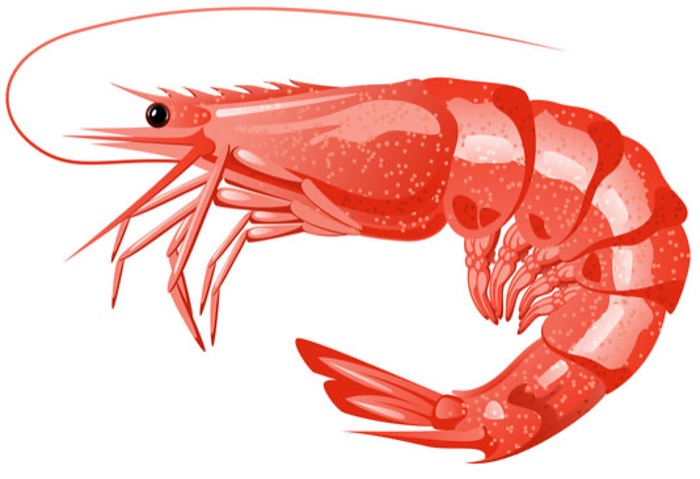
Classroom Food Chain
Course: Science 9 at DP Todd Secondary School
Objective: To simulate a food chain involving shrimp, salmon, herring, and grizzly bears to explore a systems approach to ecology.
